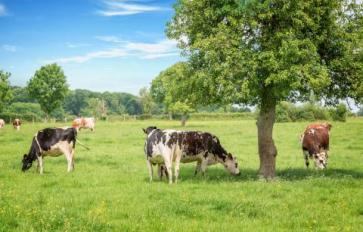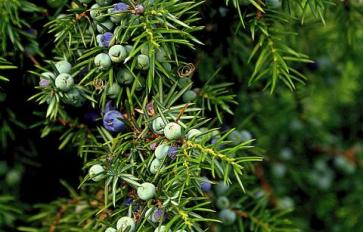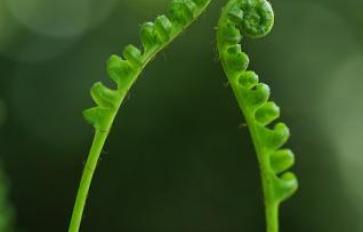
Trees are one of the greatest gifts anyone can give to future generations. Our increasingly urbanized environments are enriched by trees—carefully tended by previous generations—a priceless inheritance and practice worth sustaining for posterity.
Anyone can contribute to a greener future by caring for trees, whether that’s planting, pruning or simply giving a thirsty sidewalk tree a drink of water once in a while. Someone 100 years from now will appreciate it.
Tree commonsense can help shape the next generation of trees. The Arbor Day Foundation https://www.arborday.org/trees/tips/when-to-prune.cfm offers practical tips to take care of trees, from selecting trees for planting to pruning techniques that encourage healthy growth. Consulting a professional arborist is not always necessary, unless an issue with a tree is too much to handle by yourself. Arborists are best hired for major jobs.
One of the easiest mistakes anyone can make is planting a tree in the wrong place. Before planting any species of tree, consider its height and width when it grows to maturity, if it will block or bump into anything, or simply become too overgrown in 20, 30 or more years. If it grows fruit, remember nobody likes messy droppings on their cars, patios and other frequently used areas.
Assuming a tree is appropriately located, considering its soil, sun and moisture needs, the next most important thing to do for urban trees is pruning. Properly trimmed trees are more likely to grow healthier, stronger and achieve an aesthetically pleasing shape. The worst mistake to avoid is cutting off the top of trees; such “topping off” weakens and grossly misshapes trees.
It’s okay to prune most trees any time of year, except during autumn when tree wounds tend to heal more slowly and harmful fungi is more likely to adversely affect trees. It’s also important not to remove more than one-quarter of branches, which can put the tree in shock, unbalancing its root system and canopy.
Generally, the most important aspect of tree pruning is visual inspection and a keen eye to anticipate how cutting will likely influence future growth and shape. It’s a good idea to spend time staring at branches to figure out a strategy and identify defective limbs and branches that hang too low due to the weight of leaves. Branches growing upwards or horizontally are usually best left alone, at least initially, while focusing on cutting dead wood, oddly shaped or unwanted downward growing branches.
For most trees, a single main trunk is best. Identify and remove undesirable branches and offshoots, before shaping the main trunk and its branches. It’s usually best to prune from the bottom and work upwards for shaping. Lower branches should be removed so no one can bump their head. Higher protruding branches can be cut or thinned as necessary to enhance shaping. Don’t leave big stubs. Mostly cut branches outward laterally to encourage new growth in a desirable direction.






